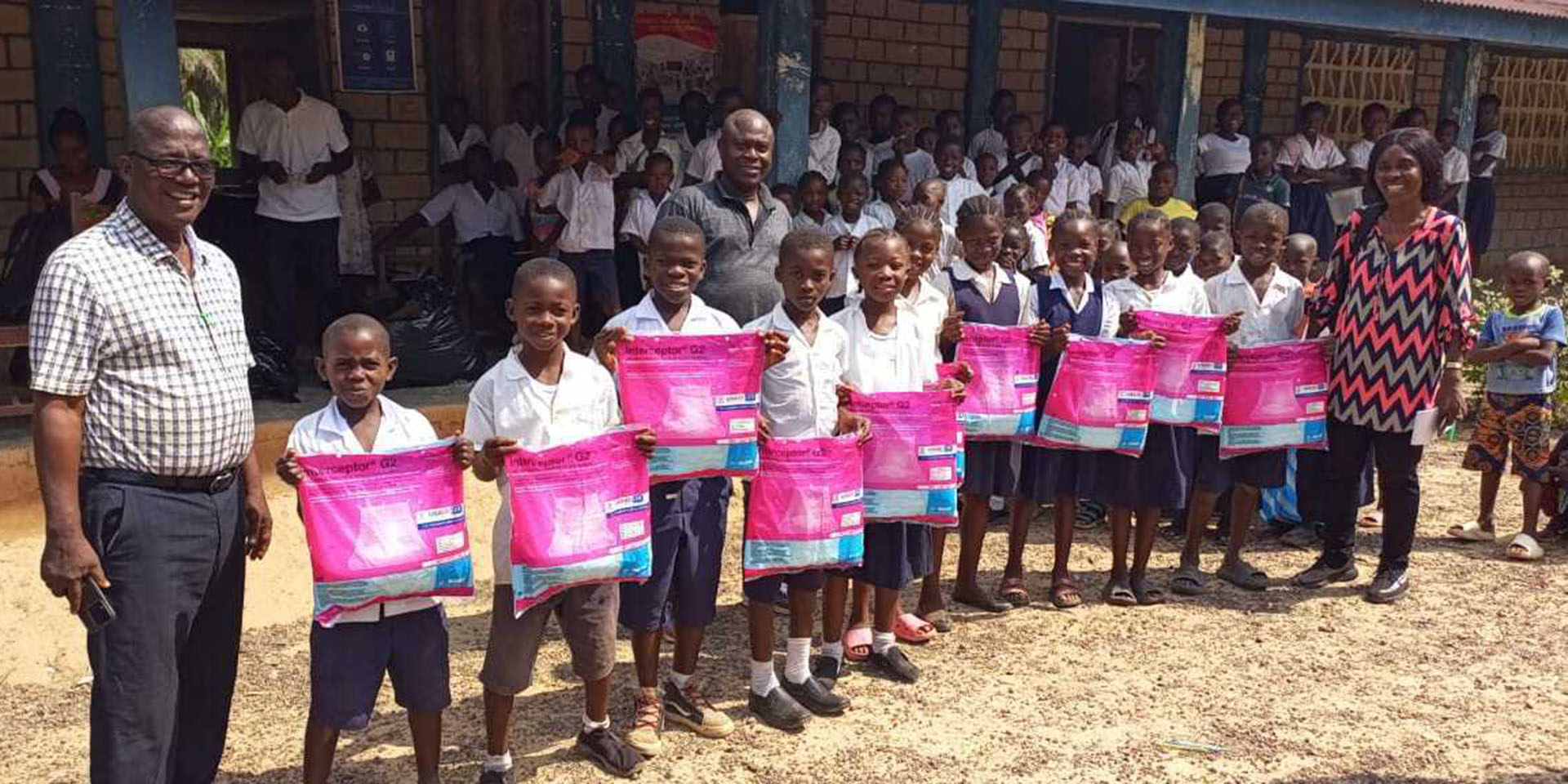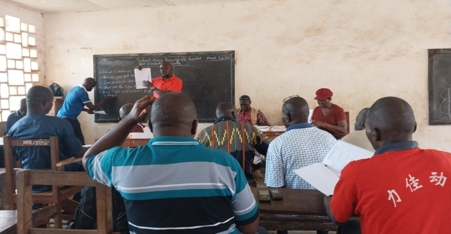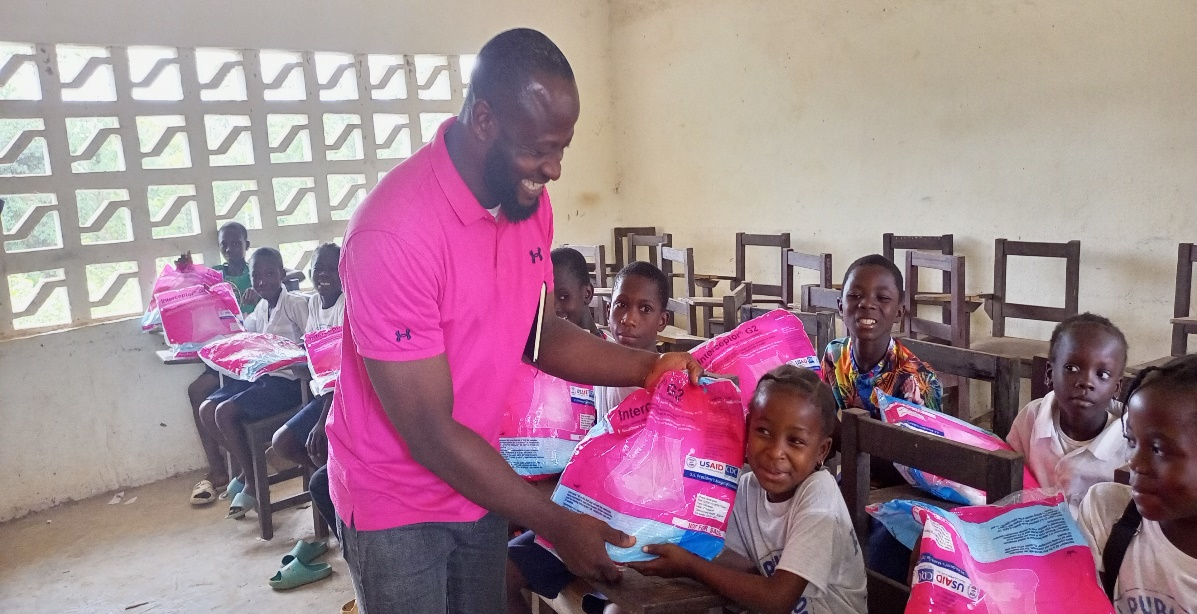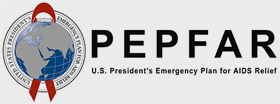ITNs are an effective public health tool for preventing malaria as they provide both physical and chemical barriers against mosquitoes. A Liberia Demographic and Health Survey (LDHS) published in 2021, however, reported that only 55% of Liberians had access to ITNs, either through the routine distribution to health facilities for antenatal care (ANC) and postnatal care (PNC) or mass distribution campaigns to households, which have been conducted every three years in Liberia since 2015.
To increase household access to ITNs, the Liberia National Malaria Control Program, with technical support from the U.S. President’s Malaria Initiative (PMI), identified school-based net distribution as an efficient delivery channel. In November 2021, PMI in Liberia through the Global Health Supply Chain Program-Procurement and Supply Management project (GHSC-PSM), and in collaboration with other partners, including the Liberia National Malaria Control Program (NMCP) of the Ministry of Health, READ Liberia, Breakthrough Action Liberia, and the Central Medical Store (CMS), piloted school-based net distribution in Montserrado county.
“This path to safety from malaria was particularly important,” recalls Dr. Francis Kateh, Chief Medical Officer of Liberia. “Available data indicated that the routine ITN distribution through ANCs and institutional delivery was inadequate to reduce the ITN access gap and maintain high ITN access between mass campaigns.” Between 2019 and 2020, among the 55% of households with ITNs, 30% did not have enough ITNs to cover all the household members, as reported in the LDHS 2019-20. This meant that only 25% of the households had adequate access to nets (one net per two people).
The LDHS also showed that while net use was higher among pregnant women (47%) and children under the age of five years (44%), it was lowest among those aged 5–14 years (34%) – the age range for most school-going children. This demonstrated that school-aged children and adolescents had the lowest ITN use when households had insufficient ITN coverage. According to the Liberia Education Statistics Report 2019/2020 of the Ministry of Education, 91% of the 1,452,453 students who enrolled in Liberian schools for the 2019/2020 academic school year fell in the age range of 5–14 years, covering the education levels of early childhood and lower and upper basic education. School-going children at those education levels fall between grades 1 and 9. This formed the basis for adopting the strategy of school-based ITN distribution in mitigating the observed access gap, targeting students of grades 1, 5, and 9.





